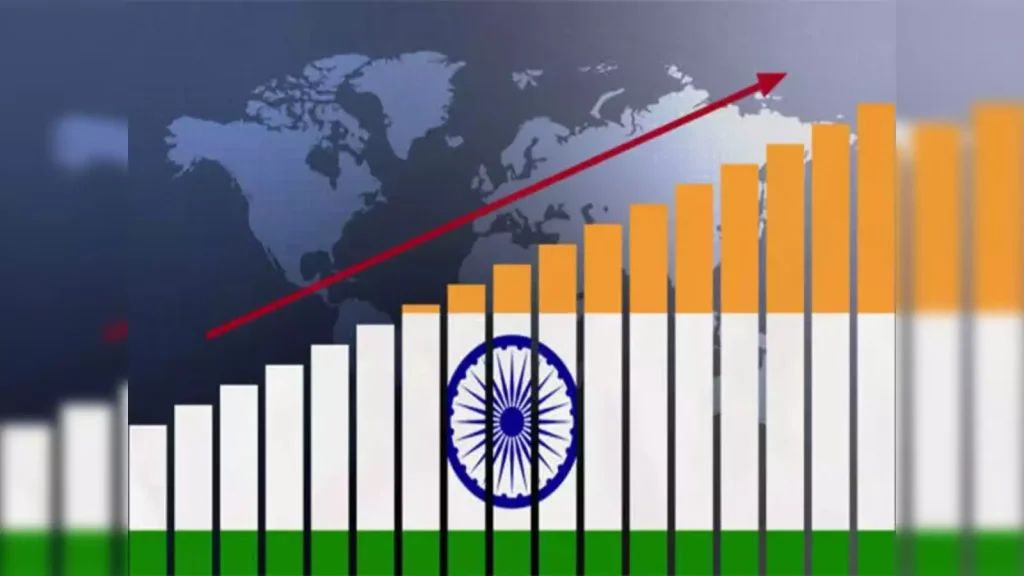Context:
The Asian Development Bank (ADB) forecasts robust economic growth for India, projecting a GDP increase of 7.0% in fiscal year 2024 and 7.2% in fiscal year 2025.
Key Highlights of the Asian Development Outlook, released by ADB
- India’s economy is resilient, expected to grow steadily, with strong agricultural improvements enhancing rural spending, complemented by robust industrial and services performance.
- An above-average monsoon is anticipated to boost agriculture in FY2024, positively impacting the rural economy.
- It also maintains a positive outlook for the industry and services sectors, as well as for private investment and urban consumption in FY2024 and FY2025.
- New employment-linked incentives may increase labor demand and job creation starting in FY2025.
- Central government debt is projected to decrease from 58.2% of GDP in FY2023 to 56.8% in FY2024, with the general government deficit expected to fall below 8% of GDP.
The Asian Development Bank (ADB)
- Established in 1966, it is owned by 68 members, of which 49 are from within Asia and the Pacific and 19 outside.
- Aims for a prosperous, inclusive, and sustainable Asia and Pacific while working to eliminate extreme poverty in the region.
- ADB supports its member countries and partners by offering loans, technical assistance, grants, and investments to encourage social and economic development.
- Consumer inflation is expected to rise to 4.7% in FY2024 due to high food prices, potentially limiting the central bank’s monetary policy flexibility. However, if agricultural supply improves, the central bank may lower rates, aiding credit expansion.
- Current account deficit forecasted to be 1.0% of GDP in FY2024 and 1.2% in FY2025, down from the previous estimate of 1.7% for both years, improved exports, lower imports, and strong remittances contribute to this positive outlook.
- Increased foreign direct investment may bolster growth, particularly in manufacturing, while improved agricultural supply could help reduce inflation.
How to Increase Government Spending to Boost the Economy
- Investment in Agriculture and Infrastructure: Supporting strong agricultural policies can enhance rural economies, while investing in infrastructure, education, public health, and research boosts productivity and profitability.
- Long-Term Growth Strategies: Government spending can enhance long-term growth by increasing profits and encouraging investment, supported by policies like investment tax credits and lower corporate taxes.
- Balancing Demand and Supply Factors: Combining demand-side fiscal policies with supply-side strategies helps improve competitiveness, while maintaining wage growth in line with productivity ensures a balanced economy.
- Avoiding Austerity Measures: Indiscriminate budget cuts can negatively impact the economy by lowering demand and investment, so a flexible approach that adapts to the economic climate is essential for sustaining growth.
Also Read:
Indian Astronomers map the Differential Rotation of the Sun’s Chromosphere

